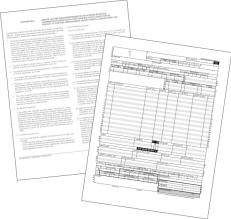|
Specialized home blood glucose monitors, for example those with integrated voice synthesizers or integrated lancing devices, are covered when the treating physician certifies that the patient has an impairment requiring the use of such a specialized device (impairments include severe visual impairments or manual dexterity impairments.
when the basic coverage criteria are met and the treating physician certifies that the patient has an impairment of manual dexterity severe enough to require the use of this special monitoring system. Coverage of models with features designed for those with manual dexterity impairments is not dependent upon a visual impairment. Lancets, blood glucose test reagent strips, glucose control solutions, and spring powered devices for lancets are covered for patients for whom the glucose monitor is covered. More than one spring powered lancing device per 6 months will rarely be medically necessary.
And, it should be noted, laser skin piercing devices and their necessary replacement lens shield cartridges are not covered.
The quantity of test strips, lancets, and replacement lens shield cartridges that are covered depends on the usual medical needs of the diabetic patient according to the guidelines given in your diabetes handout. If refills of supplies in quantities that exceed the utilization guidelines are dispensed, there must be documentation in the physician's records (e.g., a specific narrative statement that adequately documents the frequency at which the patient is actually testing, or a copy of the beneficiary's log) or in the supplier's records (e.g., a copy of the beneficiary's log) that the patient is actually testing at a frequency that corroborates the quantity of supplies that have been dispensed. If the patient is regularly using quantities of supplies that exceed the utilization guidelines, new documentation must be present at least every six months. |



